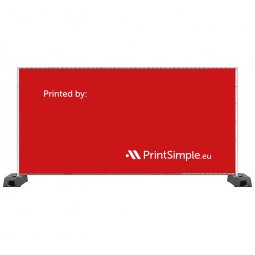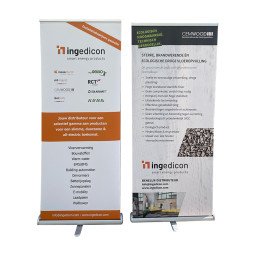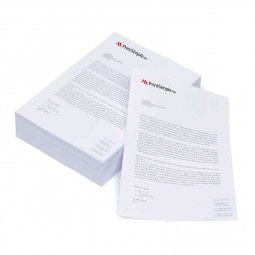What is transfer print?
Transfer print is an indirect print method. First, the logo to be printed is printed on a sheet of paper with a special coating, it is then transferred to the textile. A transfer print has a smooth, plastic-like look.
The cost of transfer printing is mainly determined by the size of the printing and the number of textile items to be printed. The smaller the size and the larger the number to be printed, the lower the cost price per piece!
There are 2 types of transfer print: screen transfer and color transfer.
Screen transfer
A screen print transfer is used when printing places that normal screen printing cannot reach (such as caps, backpacks, or the collar of a shirt). It can also be printed on polyester without the colors bleeding through, something that can occur with screen printing.
Just as with screen printing, only solid colors can be printed, no color gradients.
Color transfer
It is possible you want a full-color print on your textile items. Unfortunately, this is not possible using a flex or screen printing, but a transfer is the solution here! The biggest advantage of a transfer print is that it can be used on virtually all garments and the printing quality is very detailed. You are also not limited by a certain number of colors, as you can print in full-color CMYK. Just as with a screen print all textile items must be printed identically.
Please note that because printing is in full-color CMYK, it is not possible to print in white.
A color transfer should not be confused with DTG (direct-to-garment), which involves printing directly onto the textile. The digital transfer guarantees both a longer viability of the print and more vivid colors than a DTG print.
How does a transfer work?
STEP 1
We print the design in mirror image on a sheet of paper.
STEP 2
The sheet of paper is placed on the textile item. The paper is pressed against it at a high temperature.
STEP 3
Because of the heat, the ink on the paper loosens and settles on the fabric.



